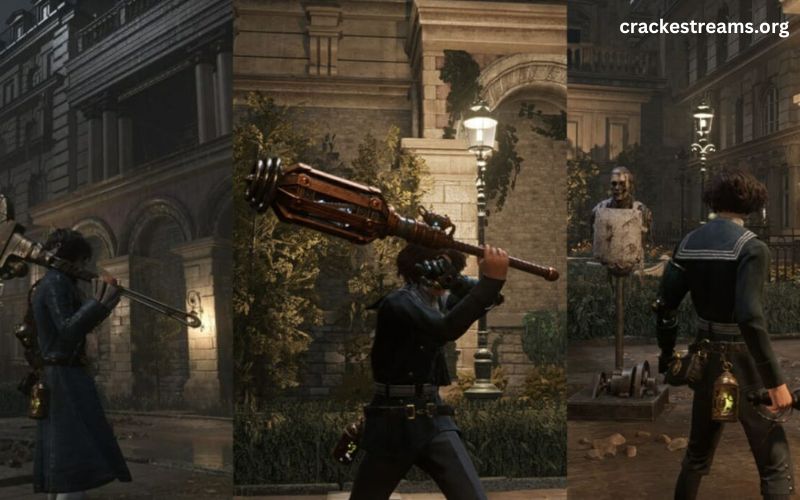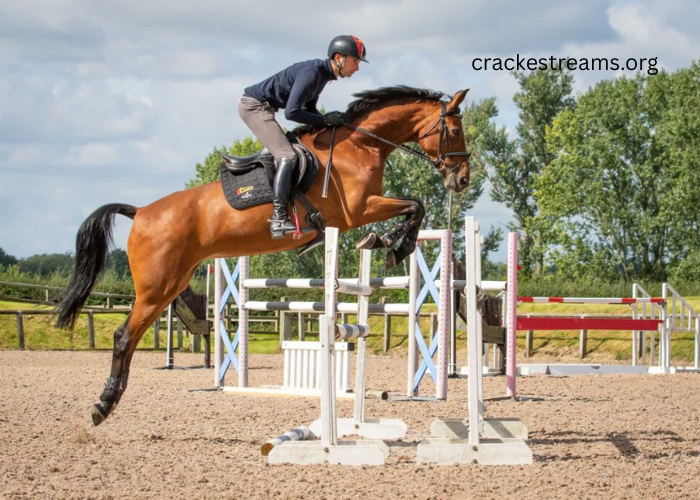In the realm of gaming, P Weapon particularly in the vast landscape of competitive multiplayer games, the pursuit of victory often leads players down a labyrinthine path of optimization. In this quest for dominance, players frequently turn to tier lists as a guiding light, seeking to identify the most potent weapons or characters to wield on the virtual battlefield. However, beneath the surface of these tier lists lies a web of deception, woven by misinformation, subjective biases, and the ever-present influence of meta trends. Nowhere is this more evident than in the contentious domain of P Weapon tier lists.
The Illusion of Objectivity
At first glance, P Weapon tier lists may appear as bastions of objectivity, meticulously crafted through rigorous analysis of in-game statistics, player feedback, and expert opinion. Yet, upon closer inspection, cracks begin to form in this facade of impartiality. The truth is, crafting a truly objective tier list is an elusive endeavor, fraught with inherent biases and limitations.
One of the primary challenges lies in the subjectivity of player experiences. What may be considered a top-tier weapon for one player could be deemed lackluster by another, influenced by individual playstyles, skill levels, and personal preferences. Moreover, the dynamic nature of game balance means that what is considered meta-defining today may be relegated to obscurity tomorrow with a single patch or update.
The Influence of Meta Trends
The ebb and flow of the meta exerts a powerful influence on P Weapon tier lists, shaping perceptions of weapon viability and effectiveness. Players, eager to gain a competitive edge, often flock to weapons that are perceived to be meta-defining, based on the prevailing strategies and trends within the community. This collective behavior creates a feedback loop, where certain weapons rise to prominence not necessarily due to their intrinsic strengths, but rather due to their perceived status within the meta.
However, this adherence to meta trends can be a double-edged sword, leading to a homogenization of gameplay and stifling creativity. Players may become fixated on a narrow subset of weapons deemed “optimal,” overlooking the untapped potential of lesser-used options. As a result, P Weapon tier lists may inadvertently perpetuate a stagnant meta, where innovation takes a backseat to conformity.
The Fallacy of Statistical Analysis
In the quest for objectivity, many P Weapon tier lists lean heavily on statistical analysis, relying on metrics such as win rates, pick rates, and kill/death ratios to rank weapons. While these quantitative measures can provide valuable insights into weapon performance, they often fail to capture the full spectrum of gameplay dynamics.
For instance, certain weapons may excel in specific scenarios or against particular opponents, despite lacking standout statistical performance across the board. Conversely, a weapon with impressive statistical metrics may falter in practical gameplay due to factors such as skill ceiling, versatility, or situational effectiveness.
Furthermore, statistical analysis alone cannot account for the intangible qualities that contribute to a weapon’s appeal, such as aesthetics, sound design, or thematic coherence. These subjective factors can significantly impact player perception and enjoyment, transcending the cold calculus of numerical data.
The Human Element: Bias and Influence
Behind every P Weapon tier list lies a human hand, wielding the power to shape perceptions and influence decisions. Whether crafted by professional analysts, community leaders, or individual players, these tier lists inevitably reflect the biases, preferences, and agendas of their creators.
Professional analysts may bring a wealth of expertise and analytical rigor to their tier list methodologies, but they are not immune to bias. Personal preferences, allegiances to certain playstyles or factions, and even financial incentives can subtly color their evaluations, skewing the perceived rankings of weapons.
Community-driven tier lists, on the other hand, may be more democratic in nature, drawing upon the collective wisdom of the player base. However, they are susceptible to echo chamber effects, where popular opinions drown out dissenting voices, leading to the perpetuation of misinformation and misconceptions.
The Path Forward: Embracing Diversity and Critical Thinking
In the face of these inherent limitations and pitfalls, it is essential for players to adopt a critical mindset when engaging with P Weapon tier lists. Rather than blindly adhering to rankings dictated by others, players should approach tier lists as valuable but imperfect tools, to be used in conjunction with personal experimentation and critical analysis.
Moreover, embracing diversity in weapon selection can enrich the gaming experience, fostering innovation, creativity, and adaptability on the virtual battlefield. Instead of fixating on a narrow subset of “meta” weapons, players should explore the full breadth of available options, uncovering hidden gems and forging their own paths to victory.
Furthermore, fostering open dialogue and community engagement can help mitigate the influence of misinformation and bias within the gaming community. By encouraging constructive debate, sharing diverse perspectives, and challenging conventional wisdom, players can collectively work towards a more nuanced understanding of weapon balance and gameplay dynamics.
Conclusion
While P Weapon tier lists may serve as useful reference points in the pursuit of gaming excellence, they are far from infallible. By acknowledging the inherent limitations of tier lists and adopting a critical mindset, players can navigate the complex landscape of weapon balance with clarity and confidence, forging their own destiny on the virtual battlefield.




